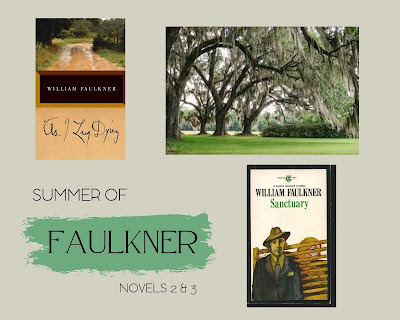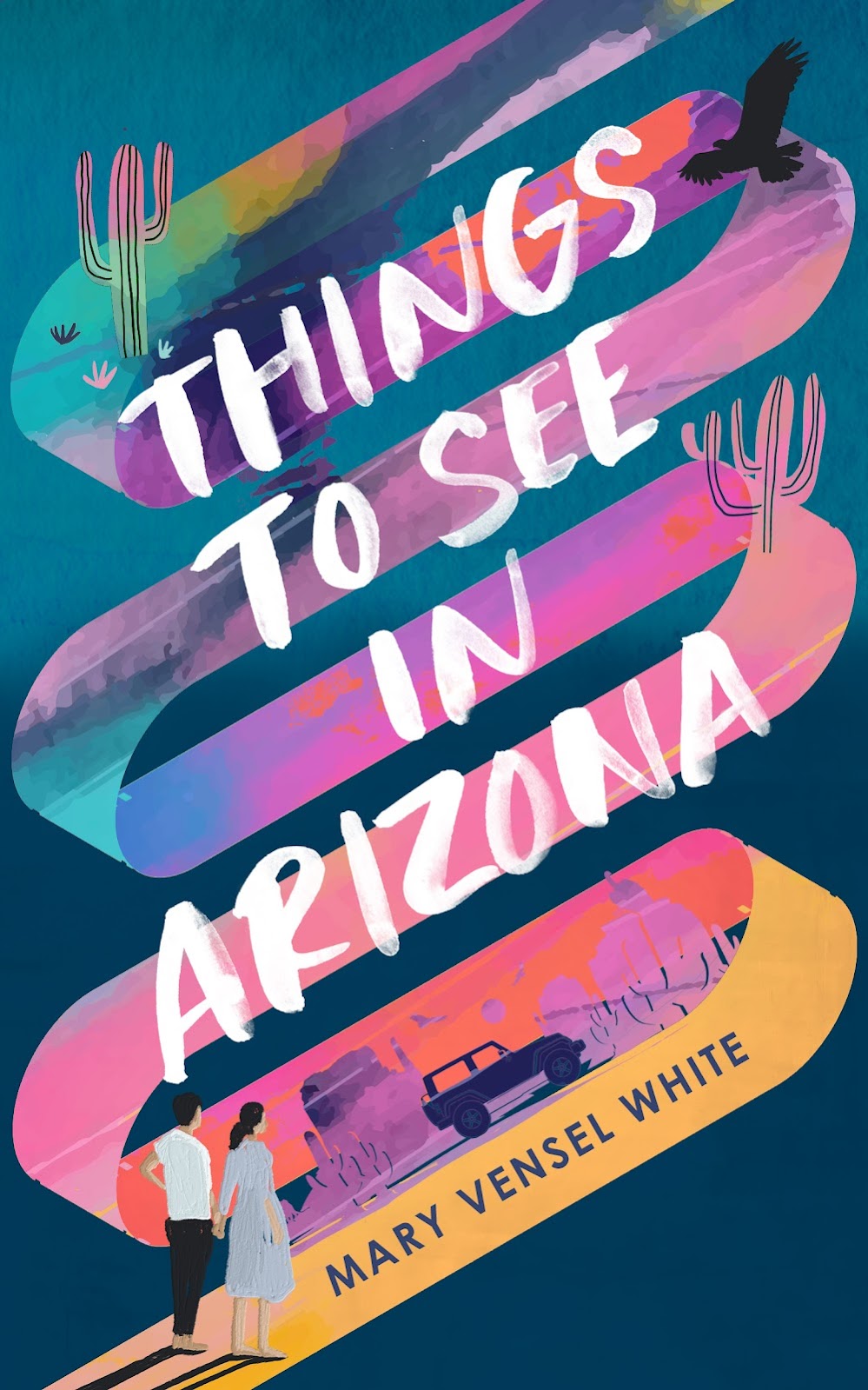Light in August begins like this:
“Sitting beside the road, watching the wagon mount the hill toward her, Lena thinks, ‘I have come from Alabama : a fur piece. All the way from Alabama a-walking.’"
and it ends like this:
“’My, my. A body does get around. Here we aint been coming from Alabama but two months, and now it’s already Tennessee.’”
The novel covers this short period during which Lena Grove finds
herself in Jefferson, Mississippi, where she’s come to seek the father of her unborn
child, Lucas Burch, a man who promised to send for her and didn’t.
Lena is a sympathetic character from the start, because of
her situation and gumption, and because of her naivete in believing that
somewhere, Burch will be waiting with the house and marriage she thinks he
promised.
But Lena Grove isn’t the main character of Faulkner’s seventh novel published in 1932; one of the masterful things about the author’s method in Light in August is the alternating points of view. It’s a common, Faulknerian technique and yet, he seems to go about it in a unique way for each novel. Here, an alternating omniscience allows us into the minds of several of the characters, but often a new, periphery character is introduced at a particular moment as if to lend a degree of objectivity. In this way, the points of view contribute to the furthering of plot, while also lending depth to the themes of the book. I don't even know if I'm describing this well. A simple way to say it is that everything in this book is doing several things at once. Everything. It's truly masterful, a novel I could read over and over, I believe, and find new satisfactions each time.
We follow young, pregnant Lena into Jefferson much like a camera follows a subject. We meet other characters, each, like her, carrying some burden from the past. Reverend Hightower spent a childhood obsessed with his grandfather, a Civil War hero, and was ousted from his church position after a personal tragedy. Byron Bunch maintains a friendship with the reverend but is otherwise solitary and isolated until Lena’s arrival. Joanna Burden is a spinster whose family has a long history of anti-slavery activism and intermixing with blacks. And because one of Faulkner’s primary preoccupations in the novel is the relationship between and status for both whites and blacks in the South—well, it makes perfect sense that Joanna, with her confusion about her place among the races, becomes involved with our main character, Joe Christmas, a light-skinned man who has lived as both white and black at certain times of his life.
The characterization of Joe Christmas is nuanced and deep; he’s an orphan who suffers abuse and alienation throughout his childhood and becomes a drifter. I think one of the most impressive things about Faulkner’s drawing of this character is that even when Christmas becomes more and more corrupted and driven to terrible acts, we still feel sympathetic. Because of his violent upbringing and the lack of a mother, Christmas’s feelings for and about women are convoluted, his feelings about race, the same. He has never been allowed any sort of peace and when he finds it in short spells, he sabotages and destroys. On the race issue, never fitting in completely, he lives his life ready to fight.
“Now and then he could see them: heads in silhouette, a white blurred garmented shape; on a lighted veranda four people sat about a card table, the white faces intent and sharp in the low light, the bare arms of the women glaring smooth and white above the trivial cards. ‘That’s all I wanted,” he thought. ‘That dont seem like a whole lot to ask.’”
Note the repetition of the word "white" in that passage. It
should be noted that in addition to an intricate plot and a cast of memorable
characters, Light in August contains some of the best prose I’ve read on this
Faulkner journey. Like this, our first glimpse of five-year-old Joe Christmas:
“Memory believes before knowing remembers. Believes longer than recollects, longer than knowing even wonders. Knows remembers believes a corridor in a big long garbled cold echoing building of dark red brick sootbleakened by more chimneys than its own, set in a grassless cinderstrewnpacked compound surrounded by smoking factory purlieus and enclosed by a ten foot steel-and-wire fence like a penitentiary or a zoo, where in random erratic surges, with sparrowlike childtrebling, orphans in identical and uniform blue denim in and out of remembering but in knowing constant as the bleak walls, the bleak windows where in rain soot from the yearly adjacenting chimneys streaked like black tears.”
I mean. Could the story of Joe Christmas have gone any way
but tragically?
For each, well-drawn character, the past guides the present, and the plot of Light in August reveals, through twists and turns, all of the connections between these complex people. As is the case with the other novels I’ve read this summer, Faulkner has something to say about the choices for women and sexuality, about the lasting effect of slavery and racial violence and injustice, and about the South’s rich history and traditions. But race is perhaps the major consideration of the novel and about that, he reflects the devastation but offers no answers or resolution. It’s left for the characters to trudge forward, as Lena continues her journey through the South.
I remembered this book as a favorite from when I read it
over twenty years ago; it’s my favorite of the books I’ve read this go-round.


















